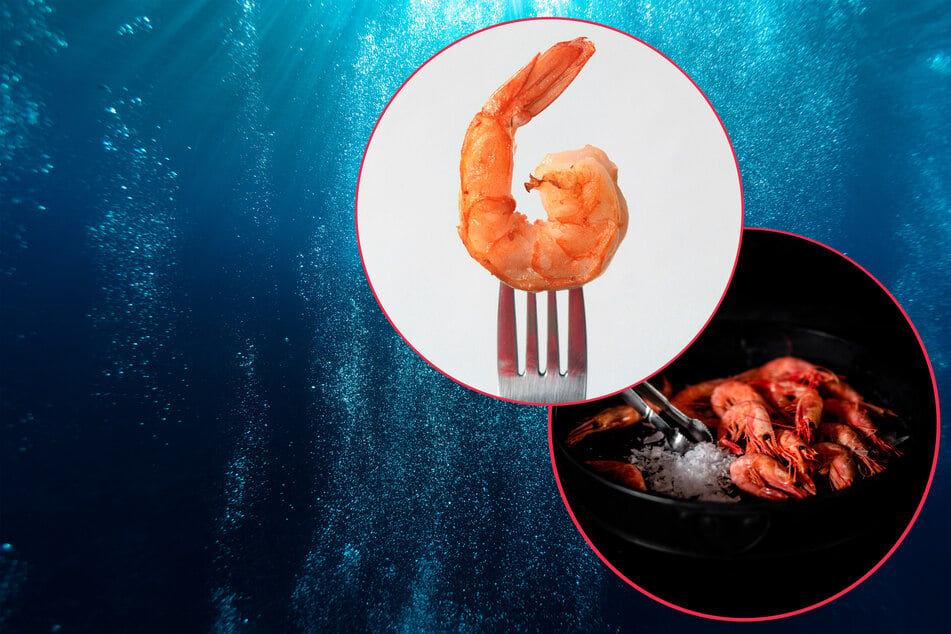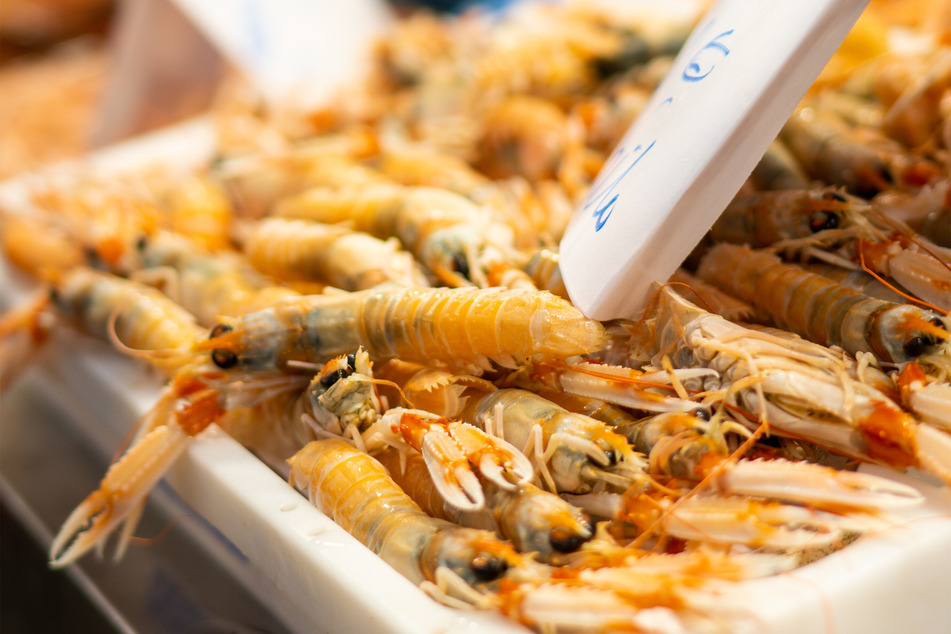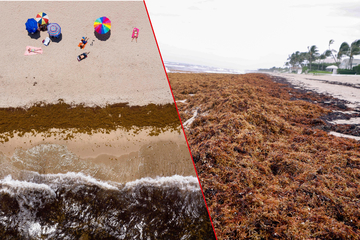Prawns vs. shrimp: What's the difference between shrimp and prawns?
They both have shells, they look alike, and they taste relatively similar, but are prawns and shrimp actually the same? It's time to take a look at prawns vs. shrimp. What's the difference, and why should you care?

With summer here, we're all ready to whip out the grill and get barbecuing. No matter what many people think, the humble steak isn't the king of the grill. Instead, this much-coveted accolade goes to the prawn or the shrimp. But wait, aren't they the same? Isn't shrimp just the American word for prawn?
Well, it's time to find out! TAG24 is going to come at this in style. We're going to look at the differences between shrimp and prawns in nature, rather than in food – it's prawns vs. shrimp time!
Shrimps vs. prawns
Let's get right to the crux of the matter and answer a long-pondered question: Is there even a difference between shrimp and prawns?
Yes, there is a difference between shrimp and prawns, they are different animals with different characteristics and, as such, taste different and have a different consistency when you cook and eat them.
On the linguistics: The terms "shrimp" and "prawns" are used interchangeably between English-speaking countries. People in Australia, for example, will almost always use the term "Prawn", even when they're referring to a shrimp. Across the pond, people in the USA do exactly the opposite. It isn't a surprise - as is about to be confirmed, both animals are very similar!
What are shrimps?
Shrimp are crustaceans that love near the bottom of the ocean and feature a long elongated body that has been designed for swimming. To move, these smallish creatures paddle forward with the legs they have on the underside of their abdomen. They also have often been known to use their tails as a fan to drive them backwards in the water when faced with a threat.
One of the more iconic features of shrimp are their antennas, which commonly doubles the length of the shrimp itself. These are used as sensors that allow the shrimp to feel touch and orient themselves. This is especially important considering that their two bulbous eyes, each of which sit on a stalk, are not particularly powerful.
Shrimp are found all over the world, generally near the sea, lake, or river bed. There are many different varieties, found in both fresh water and salt water (though most live in the latter), from the equator to the pole, and sometimes as deep as 16,000 feet below the ocean's surface.
What are prawns?
Prawns are larger crustaceans that usually live near to the sea floor, but will also swim. They have an exoskeleton and ten legs, making them a decapod, and are extremely common sources of protein across a lot of the world. Their scientific name is both appropriately unpronounceable and appropriately Latin: Dendrobranchiata.
It is quite common for prawn species to have branching gills, and most subspecies of prawn won't brood their eggs, instead opting to release them directly into the water they swim in. They are ancient animals, relatives of species' that lived well over a million years ago.
The most notable thing about prawns is that they can grow to quite a significant size. Some prawns can reach a maximum bodily length of about thirteen inches, and others have been known to weigh up to a pound. Tiger prawns, for example, are a larger type of prawn that have become increasingly popular in recent years.
You can find prawns in similar areas to where you find shrimp, with different species living in freshwater as opposed to saltwater. The biggest prawns, however, come from the ocean.

What is the difference between prawns and shrimp?
So we've already established that the biggest difference between prawns and shrimp is that they are each a different species of crustacean. This means that no matter how many similarities there are, it is just simply untrue to say that they are the same. All this being said, their literal classification ain't the only difference.
Here are the most noticeable differences between prawns and shrimp
Their legs and claws look different: While they are all ten-legged animals, shrimps only have one pair of clawed legs while prawns generally have three. Prawn legs are also generally both bigger and stronger.
Size: Prawns are almost always bigger than shrimp, also making them juicier and tastier than their scrawny little cousins.
Their bodies: The body of a shrimp might be similar to that of a prawn, but they're not the same. For example, prawns have an overlapping shell that protects them better but restricts their movement pretty badly. Meanwhile, shrimp are often super soft and flexible.
Variety: There is far greater variety when it comes to your choice of shrimp. While prawns are generally bigger, the range from the smallest shrimp to the largest is much more significant, allowing you to better customize what you eat.
Saltwater or freshwater: While shrimp and prawns have different variants that are found in freshwater and saltwater, shrimp are more commonly farmed in saltwater while prawns are more commonly farmed in freshwater.
This is by no means a definitive list. Sure, there are plenty of differences here, but in the wild, those differences multiply until they become unmanageable. This selection is just simply a list of the biggest and most significant prawns vs. shrimp differences.
Scampi vs. shrimp vs. prawns

Scampi are, again, completely different to shrimps and prawns. Also known as Norwegian lobster, or even "Langoustine," these tiny little dudes are closer to lobsters than they are to their comparably-sized twins. They are generally found in the Mediterranean and North Atlantic, and are considered a gastronomic delicacy.
The term "scampi" is often used in the United States when referring to shrimp or prawns, but this is completely wrong as it is a different food and a different animal. They might look similar, but it's important to understand that they're different because, unlike prawns and shrimps, they have a significantly different taste to them.
Often featuring a lighter flavor, scampi are widely used in French cooking as well as in Britain. Meanwhile, shrimps and prawns have quite a strong and fishy flavor that, while different, would not fit well in many scampi-based dishes. They can still be prepared simply, though, with garlic butter, but are much more versatile and subtle.
When it comes to the scampi vs. shrimp vs. prawn debate, two things are for certain: All of them are different in one way or another, and they're all delicious!
It doesn't really matter - shrimps, prawns and scampi are all delicious!
In the end, we're going to grill something because we want a delicious feed. No matter what we choose, we're in for an absolute delight – especially if you marinate them in plenty of garlic, slather them with butter, and get a good charcoal sear on there. Make them fresh, make them best!
There is genuinely nothing better than a good surf 'n turf either, so feel free to grill up some steaks at the same time! Make it a BBQ extravaganza! Have fun! Crack open a tinny! Enjoy the sun!
Cover photo: Collage: Unsplash/Sarah Lee/Fernando Andrade/Stories



